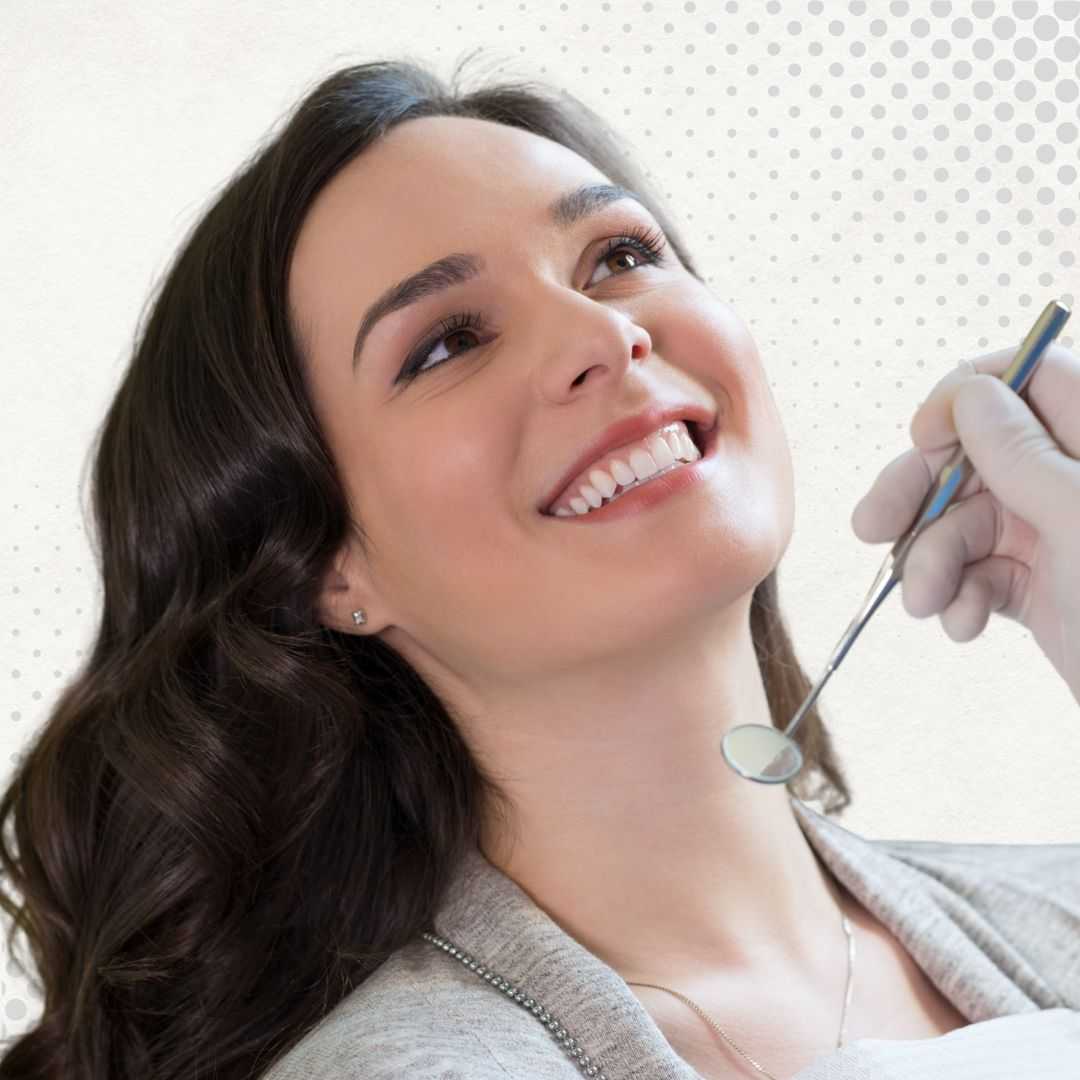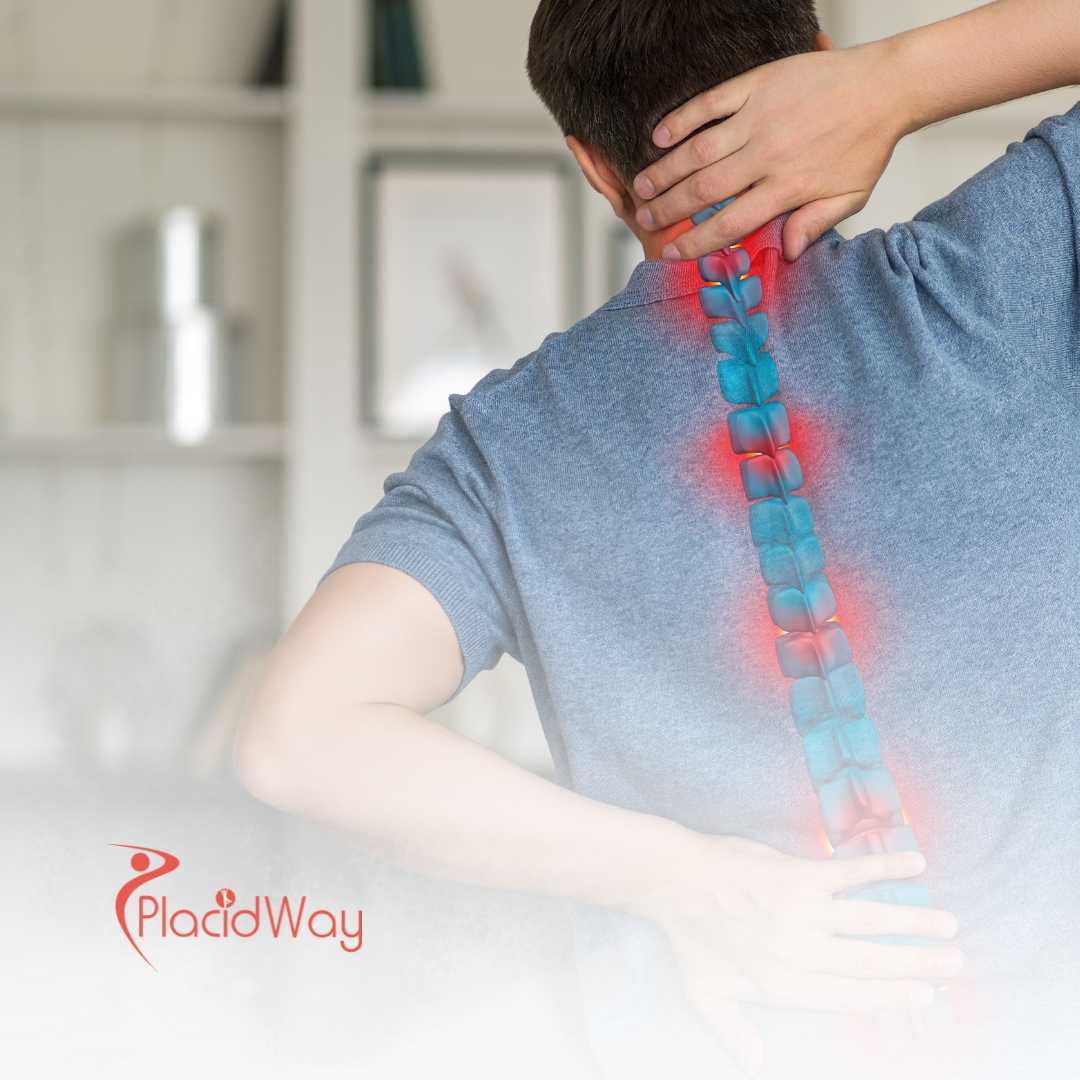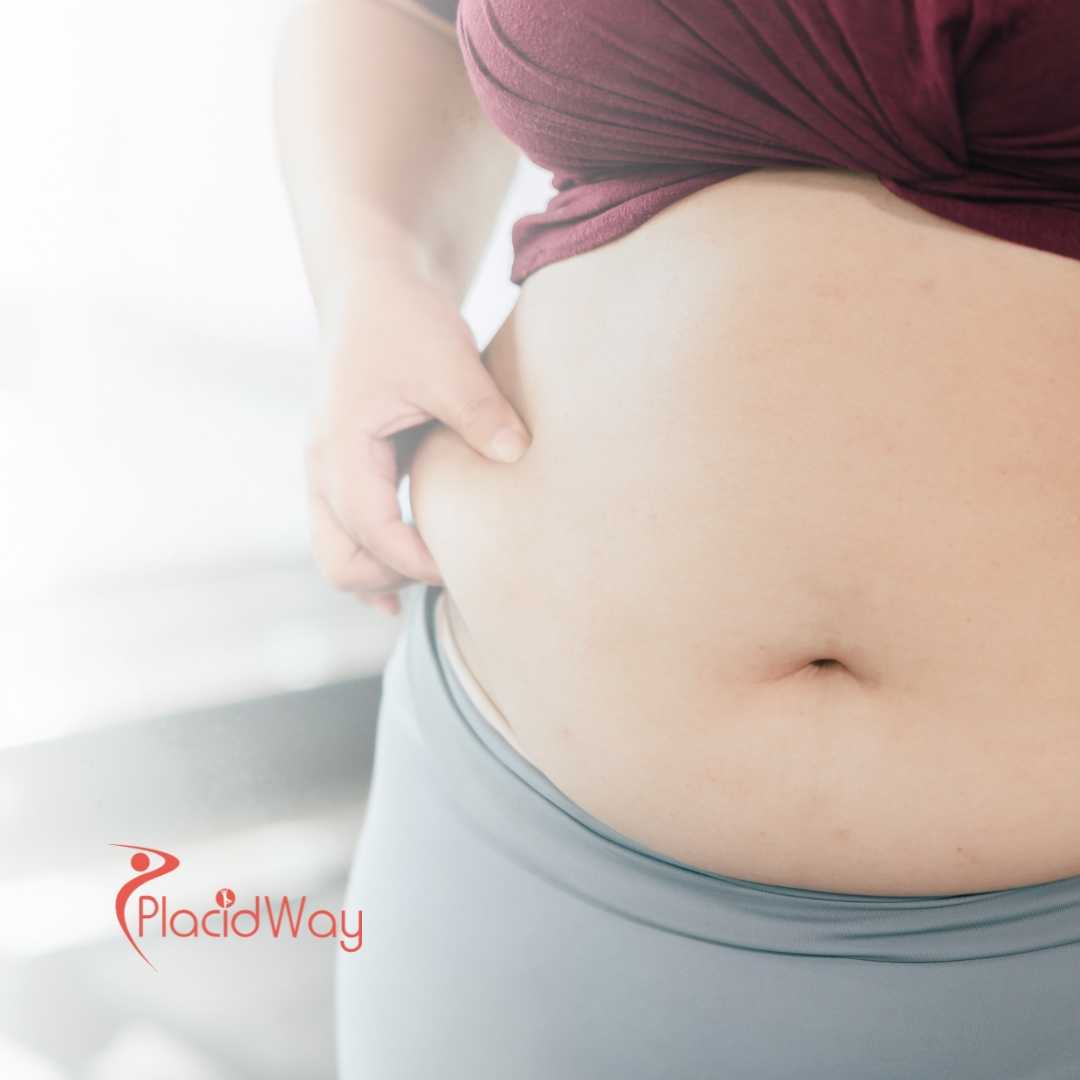
Secure Your Health: Affordable Mammogram and PAP Screening Abroad
Prioritizing your health is paramount, and for women, regular screenings like mammograms and PAP tests are foundational to preventive care. These vital procedures play a critical role in detecting potential health issues early, particularly breast and cervical cancers, when they are most treatable. However, for many, the cost or long wait times associated with these screenings in their home country can be a significant barrier.
This is where medical tourism offers a compelling solution. Imagine combining your essential health check-ups with an opportunity for travel, accessing world-class facilities and expert medical professionals, often at a fraction of the cost you might expect domestically. Medical tourism for women's health screenings, including comprehensive mammograms and PAP tests, is rapidly gaining traction as a practical and economical way to ensure you stay on top of your health without breaking the bank.
Whether you're facing high deductibles, limited insurance coverage, or simply seeking more affordable options, exploring international healthcare can open doors to high-quality preventive care. This guide will walk you through everything you need to know about getting your mammogram and PAP screening abroad, from understanding the procedures themselves to planning your medical journey, ensuring you make informed decisions for your well-being.
What Are Mammograms and Why Are They Essential for Women?
A mammogram is a specialized X-ray examination of the breast that can detect breast abnormalities, such as tumors or calcifications, often long before they become palpable. Early detection is incredibly powerful in the fight against breast cancer, as it allows for less aggressive treatments and a higher chance of a full recovery. Regular mammograms are recommended for women, typically starting at age 40 or 50, depending on individual risk factors and national guidelines.
The procedure involves compressing the breast between two plates to flatten the tissue, which helps to get a clear image and reduces the amount of radiation needed. While it might cause some temporary discomfort, the few moments of pressure are a small price to pay for the invaluable information it provides. It's a non-invasive screening tool that has saved countless lives by identifying cancerous growths at their earliest, most treatable stages.
Understanding PAP Tests: What They Are and Why They Matter
The PAP test, also known as a PAP smear, is a screening procedure for cervical cancer. It involves collecting cells from your cervix – the narrow end of your uterus at the top of your vagina – to check for abnormal cell changes that could indicate precancerous conditions or cervical cancer. These changes are often caused by the human papillomavirus (HPV), a common sexually transmitted infection.
Regular PAP tests are highly effective in preventing cervical cancer because they can detect these cell changes early, allowing for timely treatment before cancer develops. Generally, women are advised to start routine PAP tests in their early 20s and continue every three years, though this can vary based on age, medical history, and specific guidelines, sometimes combining with HPV testing for enhanced accuracy.
Am I Eligible for Mammogram and PAP Screenings?
Eligibility for mammograms and PAP screenings is primarily based on age, medical history, and risk factors. For mammograms, general guidelines from organizations like the American Cancer Society recommend annual screenings for women aged 40 to 49 who choose to do so, and annually or biennially for women 50 and older. However, women with a strong family history of breast cancer or other risk factors might be advised to start earlier.
For PAP tests, screening typically begins around age 21, regardless of sexual activity. After 21, recommendations usually involve screening every three years. For women aged 30-65, co-testing (PAP test combined with HPV test) every five years is often recommended, or a PAP test alone every three years. It's crucial to discuss your personal health history with a medical professional to determine the most appropriate screening schedule for you.
How Should I Prepare for My Mammogram and PAP Screening Appointments?
Proper preparation ensures the accuracy of your screening results. For a mammogram, it's essential to avoid using deodorant, antiperspirant, lotion, or powder on your underarms or breasts on the day of the exam. These products can contain metallic particles that may appear as calcifications on the X-ray, leading to unclear results or the need for repeat imaging. Wear comfortable clothing, as you'll likely need to remove your top and bra, and you'll be given a gown.
For a PAP test, you should avoid douching, using tampons, vaginal creams, foams, or jellies, and abstaining from sexual intercourse for at least 24-48 hours before your appointment. These activities can wash away or obscure abnormal cells, making the test less effective. It's also generally recommended to schedule your PAP test for a time when you are not menstruating, as blood can interfere with the results. Always inform your doctor about any concerns, symptoms, or medications you are taking.
What Happens During a Mammogram and PAP Test?
During a mammogram, you'll stand in front of an X-ray machine, and a technologist will position your breast on a special platform. A clear plastic plate will then gently compress your breast for a few seconds while the X-ray image is taken. This compression is crucial for spreading the breast tissue evenly, reducing radiation dose, and improving the visibility of any abnormalities. Typically, two views of each breast are taken. The entire procedure usually takes about 15-30 minutes.
For a PAP test, you'll lie on an examination table with your feet in stirrups, similar to a routine gynecological exam. Your doctor or nurse will insert a speculum into your vagina to gently open it, allowing them to view your cervix. A small brush or spatula will then be used to collect a sample of cells from the surface of your cervix and cervical canal. This part of the procedure is usually quick and might cause a brief, mild cramping sensation. The collected cells are then sent to a lab for analysis.
What Types of Mammograms and PAP Tests Are Available?
While traditional 2D mammography remains a standard screening tool, advancements have introduced 3D mammography, also known as digital breast tomosynthesis (DBT). DBT takes multiple X-ray images from different angles to create a 3D reconstruction of the breast, which can provide clearer views, especially for women with dense breast tissue, and potentially reduce the need for follow-up imaging. Your doctor will advise which type is most appropriate based on your breast density and risk profile.
For PAP tests, the standard procedure screens for abnormal cervical cells. However, it's increasingly common to combine the PAP test with an HPV (Human Papillomavirus) test, a method known as "co-testing." Since persistent infection with high-risk types of HPV is the primary cause of cervical cancer, adding an HPV test can significantly increase the accuracy of cervical cancer screening, identifying women at higher risk more effectively. Some practices also offer primary HPV screening where HPV is tested first, and a PAP test is only performed if HPV is detected.
How Do I Understand My Mammogram and PAP Test Results?
Mammogram results are typically communicated using the Breast Imaging-Reporting and Data System (BI-RADS) classification, a standardized scoring system that ranges from 0 to 6:
- BI-RADS 0: Incomplete assessment; more imaging or information is needed.
- BI-RADS 1: Negative; nothing to report.
- BI-RADS 2: Benign (non-cancerous) finding.
- BI-RADS 3: Probably benign finding; short-interval follow-up suggested.
- BI-RADS 4: Suspicious abnormality; biopsy should be considered.
- BI-RADS 5: Highly suggestive of malignancy; appropriate action should be taken.
- BI-RADS 6: Known biopsy-proven malignancy; for monitoring treatment.
PAP test results can range from "normal" (no abnormal cells found) to "abnormal," which might indicate various conditions from inflammation to high-grade precancerous lesions or even cancer. Abnormal results often require further investigation, such as a colposcopy (a closer examination of the cervix) or a biopsy. It's crucial to discuss your specific results with your doctor, who can provide a clear interpretation and guide you through any necessary next steps, ensuring you understand what your results mean for your health.
Why Consider Medical Tourism for Mammograms and PAP Screenings?
The primary drivers for women seeking mammograms and PAP screenings through medical tourism are often financial and accessibility-related. In many Western countries, the cost of these routine screenings can be prohibitively high, especially for those without comprehensive insurance or with high deductibles. Traveling to countries renowned for medical tourism can result in savings of 50% or even more, making vital preventive care affordable.
Beyond cost, medical tourism often provides access to state-of-the-art facilities and equipment, including advanced 3D mammography, which may not be readily available or covered in a patient's home country. Shorter wait times for appointments are another significant advantage, allowing patients to schedule their screenings promptly without lengthy delays. Furthermore, for some, the discretion and privacy offered by receiving medical care abroad can be a comforting factor.
Which Countries Offer the Best Value for Women's Health Screenings?
Several countries have emerged as leading destinations for medical tourism, including preventive screenings, due to their combination of high-quality healthcare infrastructure, experienced specialists, and competitive pricing. When considering where to travel for your mammogram and PAP screening, look for destinations with internationally accredited hospitals (e.g., Joint Commission International - JCI accreditation) and a strong reputation for patient care.
Popular choices include:
- Mexico: Easily accessible for North American patients, offering modern clinics in cities like Tijuana, Cancun, and Guadalajara.
- Costa Rica: Known for its beautiful scenery and excellent medical facilities, particularly in San Jose.
- Turkey: A hub connecting Europe and Asia, with highly advanced hospitals in Istanbul and Ankara.
- India: Offers some of the most competitive prices globally, with top-tier hospitals in cities like Delhi, Mumbai, and Chennai.
- Thailand: Renowned for its hospitality and world-class medical facilities, especially in Bangkok and Phuket.
How Much Do Mammograms and PAP Screenings Cost Worldwide?
The cost of mammogram and PAP screenings can differ dramatically depending on your location, the type of facility, and whether additional tests (like 3D mammography or HPV testing) are included. Medical tourism significantly narrows this gap, offering comparable quality at a fraction of the price. Here's a general comparison:
| Country | Average Mammogram Cost (USD) | Average PAP Test Cost (USD) | Combined Package (Est. USD) |
|---|---|---|---|
| United States | $100 - $500+ | $50 - $200+ | $150 - $700+ |
| Canada (Private) | $80 - $300 | $40 - $150 | $120 - $450 |
| Mexico | $50 - $150 | $30 - $80 | $80 - $230 |
| Costa Rica | $60 - $180 | $40 - $90 | $100 - $270 |
| Turkey | $70 - $200 | $35 - $100 | $105 - $300 |
| India | $40 - $120 | $25 - $70 | $65 - $190 |
| Thailand | $50 - $150 | $30 - $80 | $80 - $230 |
Note: These are average estimated costs and can vary based on clinic, location within the country, and specific services included (e.g., 2D vs. 3D mammogram, HPV co-testing).
Is it Safe to Get Women's Health Screenings Abroad?
The safety and quality of care are paramount when considering medical tourism. Many international hospitals, particularly those catering to medical tourists, adhere to stringent international standards and protocols. Look for facilities with accreditations from reputable organizations such as Joint Commission International (JCI), which signifies a commitment to global benchmarks in patient safety and quality of care. Many of these hospitals employ highly trained, internationally certified doctors who speak English.
To ensure a safe experience, it’s vital to do your research. Read patient reviews, check doctor credentials, and verify clinic accreditations. A reputable medical tourism facilitator can also play a crucial role in connecting you with trusted providers and ensuring all aspects of your medical journey are handled professionally and safely. They act as a liaison, helping to mitigate risks and provide peace of mind.
What Should I Know About Planning Medical Travel for Screenings?
Planning your medical trip for mammograms and PAP screenings requires careful consideration, but it doesn't have to be complicated. Here's a checklist of key steps:
- Research and Select a Clinic: Choose a facility based on accreditation, doctor qualifications, patient reviews, and cost.
- Consultation: Many clinics offer virtual consultations to discuss your medical history and determine the most suitable screenings.
- Travel Logistics: Arrange flights, accommodation, and local transportation. Many medical tourism providers offer package deals that include these.
- Visa and Documentation: Check if you need a visa for your chosen destination. Ensure your passport is valid and you have copies of all medical records.
- Communication: Confirm that the medical staff at your chosen clinic speak English or that interpreter services are available.
- Post-Screening Plan: Discuss how you will receive your results and what the plan is for follow-up if any abnormalities are found.
Working with a medical tourism facilitator like PlacidWay can streamline this process significantly. They can help with clinic selection, appointment scheduling, travel arrangements, and even post-care coordination, ensuring a seamless and stress-free experience from start to finish. This support is invaluable, especially when navigating a foreign healthcare system.
Take the Next Step with PlacidWay
Don't let cost or waiting lists deter you from essential women's health screenings. Your proactive health management is just a journey away. Explore top-rated international clinics, compare prices, and get a free, personalized quote for your mammogram and PAP screening with PlacidWay. Let us help you plan a seamless, affordable, and high-quality medical travel experience. Secure your well-being today!
Executive Treatment Abroad, Physical Exam Abroad



-Package-in-Bangkok-Thailand-at-First-Fertility-PGS-Center.jpg)
-Package-in-Bangkok-Thailand-at-LRC-Fertility-Center.jpg)





Share this listing